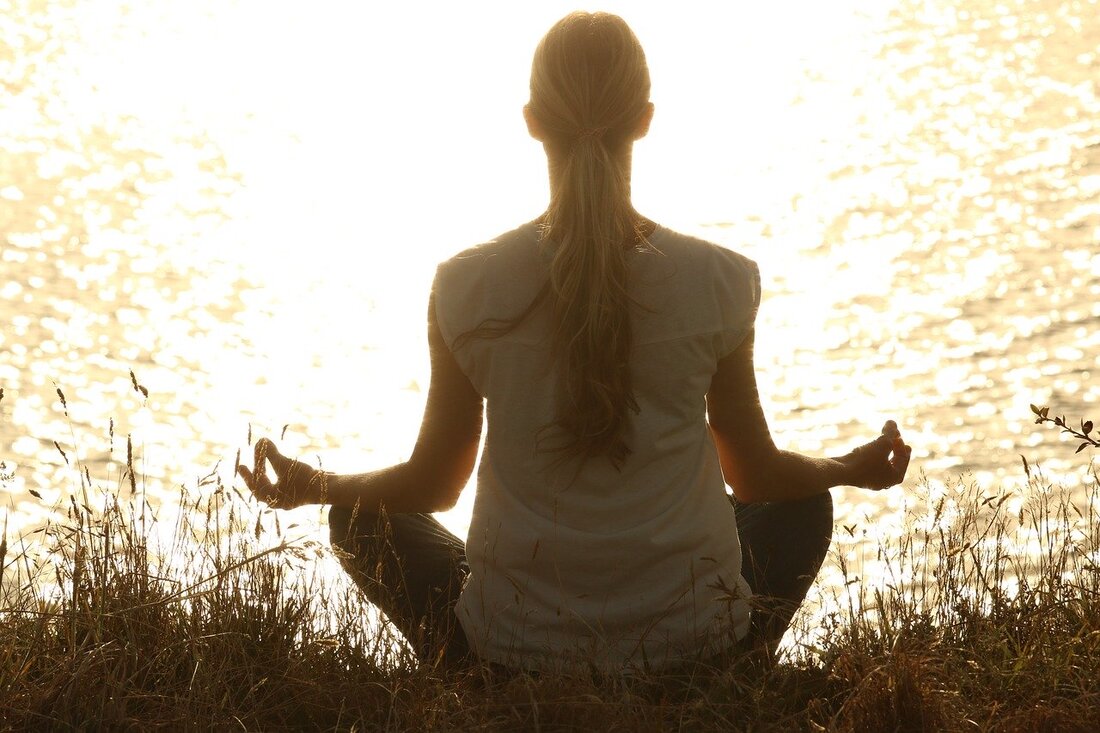|
The literal meaning of the word yoga comes from the Sanskrit root word yuj, which means to join or unite. Practically, however, yoga is a method of discipline, technique, philosophy, and ethical conduct, with the aim being to completely know yourself and be at peace with yourself. Most people think only of the physical poses when they think of yoga. In reality however, the poses (or asanas) are only a small part of a yoga practice. The Yoga Sutras of Patanjali refer to 8 limbs (or parts) of a yoga practice. I’ve outlined them below*: *Although I have listed the 8 limbs as separate, they are all interconnected and interwoven with each other. Yoga is a holistic practice that taps into multiple facets of mind and body, and has several cumulative effects. This synergy is difficult to capture with words. Nevertheless, I’ve broken down the 8 limbs of yoga below, to assist with your understanding of a holistic yoga practice, beyond just the poses…*
Interestingly, the purpose of yoga is the cessation of churning thoughts in the mind. Combined, these 8 limbs settle a fragmented, vacillating and distracted mind into a single point of focus. A calm and focused mind is one that can connect (unite) with the body. This focused attention and connection creates the freedom to live inwardly and outwardly in an aware and peaceful way. This is yoga. Yoga for Grief Support: Yoga is not a fix for your pain, rather it’s a support that tends to the body and the mind. It activates your own inner resources to create the conditions you need to heal. In congruence with the word yoga meaning to unite, after loss yoga helps to “unite” all the parts of yourself that feel broken and dismembered; so that you are re-membering in a way that integrates the loss into your life, so you can eventually live well again. Yoga encourages you to be an active participant in your own healing. It’s a tangible practice that you can do by yourself and for yourself. Often, the effects of a practice can be felt the first time your try it, which is encouraging, and makes it more likely you will do it again. Yoga is a process. We call it a “yoga practice” because each time you get on your yoga mat it can feel different and we practice ‘showing up’ with compassionate curiosity, tending to each moment, each sensation and each emotion as it arises. My only "rule" in exploring your mind and body through yoga is to be gentle and kind with yourself. “Words fail to convey the total value of yoga. It has to be experienced.” – B.K.S. Iyengar
0 Comments
|
AuthorSandy Ayre Categories
All
Archives
December 2022
|
Classes
|
Helpful Info
|
|


 RSS Feed
RSS Feed
